Atoms are made up of three different particles- protons, neutrons and electrons. These are called subatomic particles. Protons and neutrons are tightly packed together in the centre of an atom, forming the nucleus of the atom. Electrons move rapidly around the nucleus(made of protons and neutrons).
| Electron | Proton | Neutron |
| carries on negative charge (-1) | carries one positive charge (+1) | carries no electric charge |
| has a relative mass of 1/1840 | has a relative mass of 1 | has a relative mass of 1 |
| is represented by the letter, e | is represented by the letter, p | is represented by the letter |
All atoms are electrically neutral. An atom has the same number of protons(positively charged) and electrons(negatively charged). The number of protons in an atom is called the proton number or atomic number which is represented by the symbol Z. Each element has a unique proton number, The total number of protons and neutrons in an atom is called the nucleon number. It is represented by A.
Isotopes
Isotopes are atoms of the same element with the same number of protons but different number of neutrons. Isotopes of the same element have the same number of electrons. Isotopes have the same chemical properties but slightly different physical properties. The chemical properties of isotopes are similar because chemical reaction involve only the electrons. The physical properties of isotopes are different because of the difference in masses of isotopes. Isotopes that emit high-energy radiation are called radioisotopes. They are classified as radioactive substances. Radiation emitted by radioisotopes danger.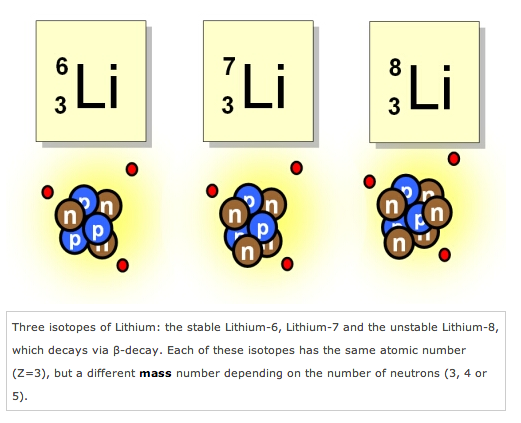
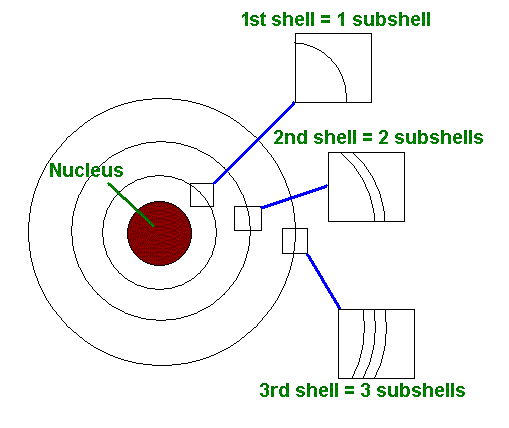
Arrangement of electrons
The way in which electrons are arranged around the nucleus of an atom is very important because the electron arrangement determines the chemical properties of the atom.
First shell
|
second, third and subsequent shells
|
is the closest to the nucleus
|
can hold up to eight electrons each
|
can hold a maximum of 2 electrons
|
Are filled in order;usually the second shell is fully filled before the third shell and so on
|
is always filled first
|
The way the electrons are arranged in an atom is called the atom’s electronic structure or electronic configuration. This shell that is the furthest from the nucleus is called the outer shell or the valence shell. The electrons in this shell are called valence electrons. A diagram of an atom’s outer electronic structure shows only the valence electrons in the valence shell.
Examples of electronic configuration: Hydrogen(1), Lithium(2,1) and sodium(2,8,1) History of Atoms
450 BC
| |||||||||
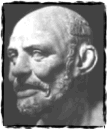 | Democritus,Greece - stated that all matter is made up of atoms. He also stated that atoms are eternal and invisible and so small that they can’t be divided, and they entirely fill up the space they’re in. |
400 BC
| |||||||
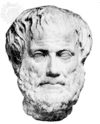 |
Aristotle, Greece - provided the method of gathering scientific facts, which proved as the basis for all scientific work.
| ||||||||
350 BC
| |||||||||
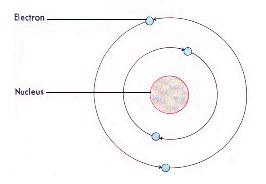
Model II
Planetary System
| |||||||||
skip to
|
1700's
| ||||||||
| 1750 AD | |||||||||
 | Lavoisier (1777),France - provided the formula for the conservation of matter in chemical reactions, and also distinguished between an element and a compound. | ||||||||
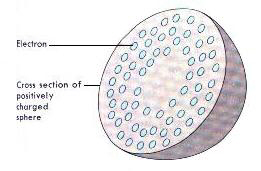
Model III
The Plum-Pudding
| |||||||||
 | Couloumb (1780's), France - formulated the Coulomb's law, which states that that the force between two electrical charges is proportional to the product of the charges and inversely proportional to the square of the distance between them, one of the main forces involved in atomic reactions. | ||||||||
1800 AD
| |||||||||
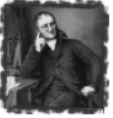 | John Dalton (1803), England - formed the atomic theory, which states that all matter is composed of tiny, indestructible particles called atoms that are all alike and have the same atomic weight. | ||||||||
1850 AD
| |||||||||
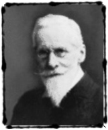 | Crookes (1870),England - created the Crookes’ tube and demonstrated that cathode rays travel in straight lines and produce phosphorescence and heat when they strike certain materials. | ||||||||
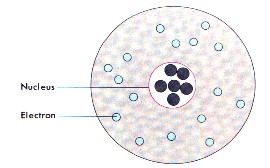
Model IV
Rutherford's Nucleus Atom
| |||||||||
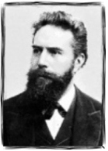 | W.K. Roentgen (1895), Germany -discovered x-rays while experimenting with cathode-ray tubes. | ||||||||
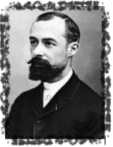 | Becquerel (1896),France - discovered radioactivity when he investigated uranium and other radioactive substances. | 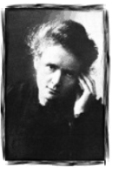 | The Curies (1898), France -discovered radium and polonium when they started to investigate radioactive substances | ||||||
 | J.J Thomson (1898), England -discovered the electron and developed the plum-pudding model of the atom. | ||||||||
1900 AD
| |||||||||
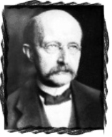 | Max Planck (1900), Germany -originated the quantum theory |  | Albert Einstein (1905), Germany -postulated that light was made up of different particles that, in addition to wavelike behavior, demonstrate certain properties unique to particles. He also brought forth the theory of relativity. | ||||||
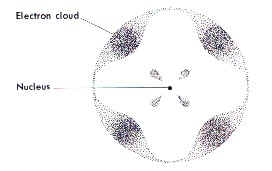
The Electron Cloud Atom
| |||||||||
 | Robert Millikan (1908), USA -found out the electric charge of the electron | ||||||||
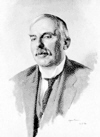 | Ernest Rutherford (1909), England -used the results of his gold-foil experiment to state that all the mass of an atom were in a small positively-charged ball at the center of the atom. | ||||||||
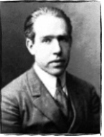 | Neils Bohr (1913), Denmark -stated that the electrons moved around the nucleus in successively large orbits. He also presented the Bohr atomic model which stated that atoms absorb or emit radiation only when the electrons abruptly jump between allowed, or stationary, states. | ||||||||
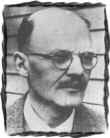 | Geiger (1925),Germany -introduced the first detector of alpha particles and other radiations. | ||||||||
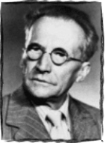 | Erwin Shroedinger (1926), Austria -introduced the Shroedinger Equation, a wave equation that describes the form of the probability waves that govern the motion of small particles and how these waves are altered by external influences. | ||||||||
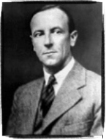 | Chadwick (1931),England -discovered the neutrally-charged neutron. | ||||||||
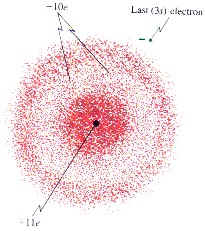
Detail of an Electron Cloud
| |||||||||
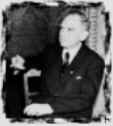 | Otto Hahn (1938), Germany - discovered nuclear fission, in which the nucleus of an atom breaks up into two separate nuclei, while experimenting with uranium. | 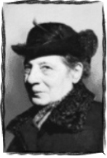 | Lise Meitner (1938), Vienna - worked with Otto Hahn to discover uranium fission. | ||||||
| 1950 AD | |||||||||
 | Glen T. Seaborg (1951), USA -isolated and identified elements heavier than uranium, and in the process, added elements number 94 - 102, and 106. | ||||||||
 | Murray Gell-Mann and George Zweig (1964), USA - brought forth the idea of "quarks", little bits of matter which when used kind of like building blocks, serve to explain some complex chemical substances. | ||||||||
No comments:
Post a Comment